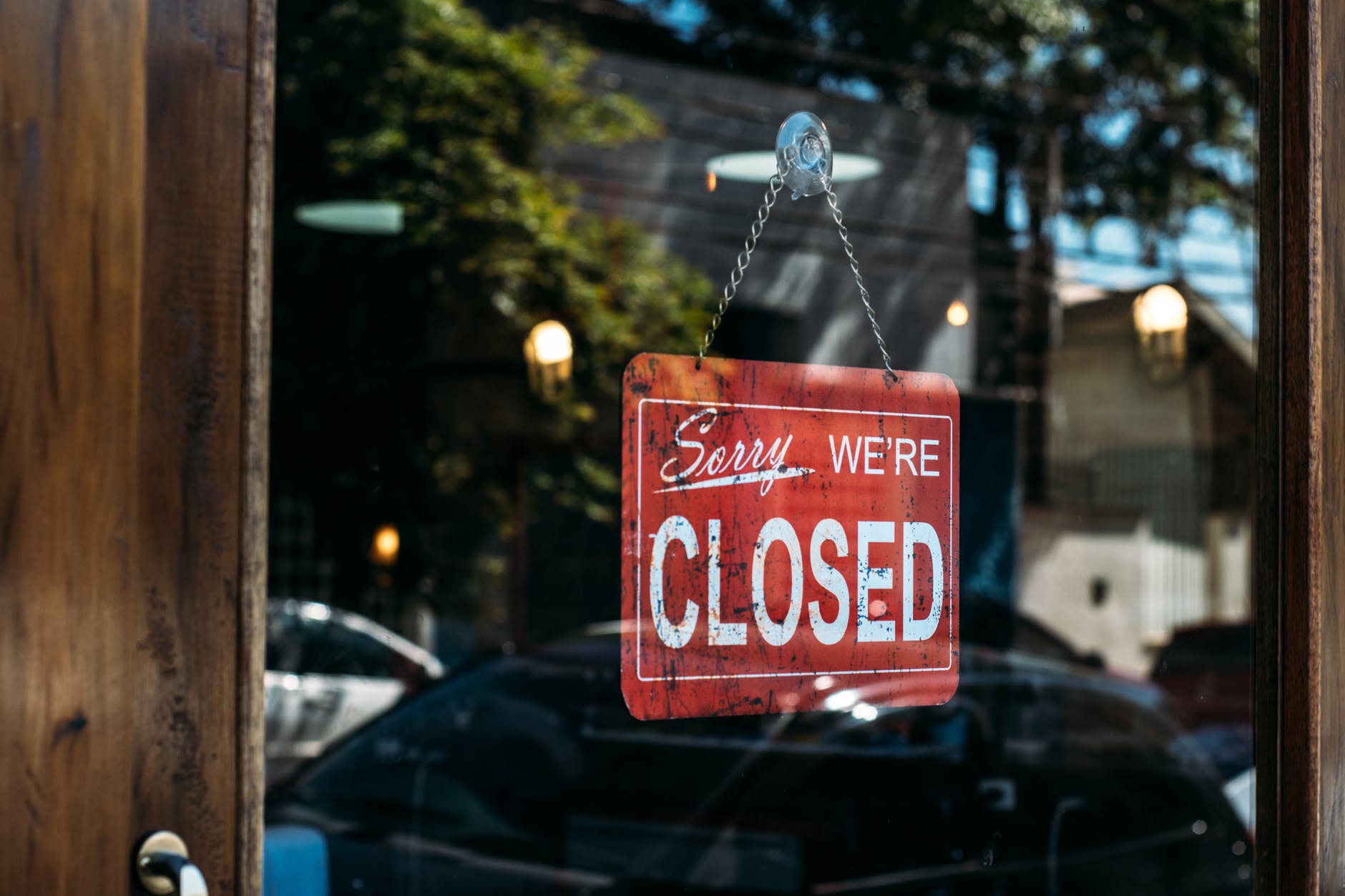It was in late January of the year when the first cases of novel coronavirus disease were confirmed in Australia. Taking a glance at the global scheme of this pandemic, the total number of 6,989 confirmed cases is still considered ‘positive’ for a sovereign country of 25 million people with a highly-developed market economy, a predominantly-urban population, and a massive scale of tourism industry. Even if we say that Australia is giving a good response to this pandemic by limiting its impact, the close-to-a-hundred number of deaths is still a tragedy.
Apart from the drastic impact of coronavirus on humanity, small businesses and even the viable ones also suffer from temporary financial distress brought about by the pandemic. What we face today is an evident economic downturn that puts all nonessential SMBs in a very difficult time and situation. The only way these sectors can survive may also depend on how quickly they can execute an effective business strategy.
Fortunately, the government, in cooperation with various independent and large corporations, social media platforms, and business lending firms, are giving the best assistance they can offer to help small business companies withstand the economic crisis and hopefully obtain recovery in the future. In mid-March, the Australian government has announced the provision of several financial relief packages. These are designed to help SMBs sustain their venture and keep their employees in work during the pandemic outbreak.
Check out the following relief programs of the government as well as the assistance and eligibility measures these include:
Page Contents
JobKeeper Payment
Providing a total budget of $130 billion, the JobKeeper Payment scheme aims to help all businesses affected by the pandemic. This program also supports around 6 million employees that have been stood down or re-hired. It will provide each eligible worker with a half-month payment of $1,500 through their employers. Apprentices are also playing a significant role in business growth; hence, they will also be receiving a 50% wage subsidy from the government for up to 9 months. Meanwhile, sole traders, charities, and those who are self-employed can also apply for this subsidy scheme. But they will need to pass the turnover tests for qualification.
Temporary Cash Flow Payment
The government is providing small to medium-sized businesses with up to $100,000 temporary cash flow assistance. This will help them operate, pay bills, and retain employees in the midst of a pandemic crisis.
SME Guarantee Scheme
This financial relief program is designed to help small and medium-sized businesses access additional loans from SME lenders. The government will provide eligible lending firms with a guarantee of a 50 per cent increase in unsecured business loans so that they can offer additional loans to SMBs and to SMBs alone, as an exception rule of the government. This will provide a safety net to use should they resume normal operations in the coming months or years.
Early Access to Superannuation
A special access to withdraw funds from superannuation will be given to sole proprietorships, businesses that have temporarily shut down due to quarantine restrictions, and those that have experienced a minimum 20% reduction in turnover and sales. All eligible superannuation withdrawals will be tax-free. These are limited up to $10,000 for this year and another $10,000 in the following year.
Postponement on Commercial Tenancy Evictions
Commercial tenancy payments are another significant financial distress to many business owners. To help them meet their commitments while business is not as usual, the Australian Banking Association provides an extension to loan repayments so that commercial landlords with up to $10 million loans can find a way to keep the lease of their tenants.
Related – CARES ACT HIGHLIGHTS: Paycheck Protection Program and FFCRA Amendments




